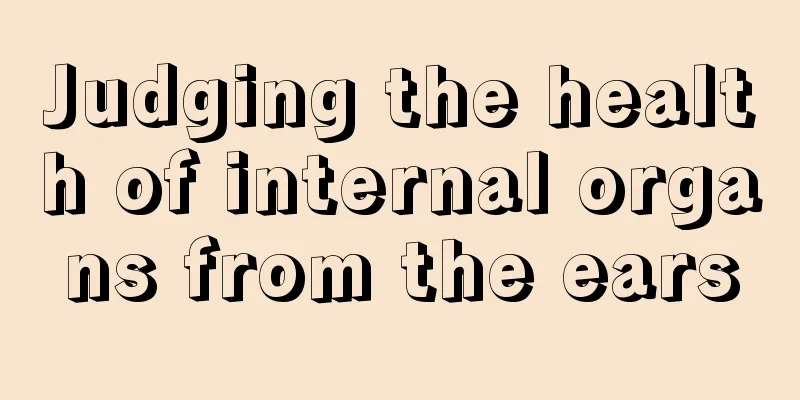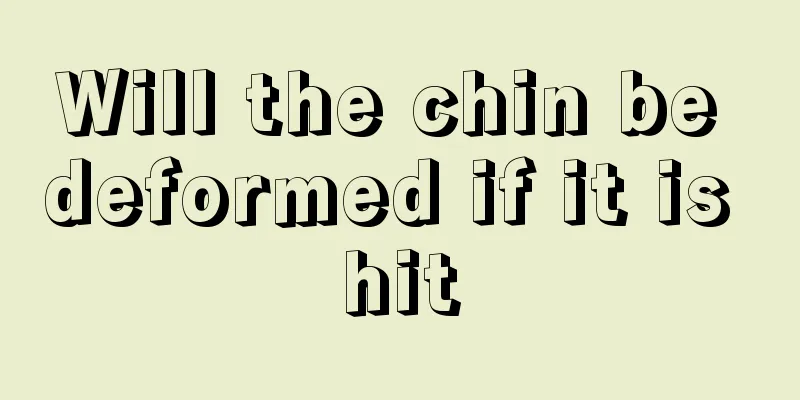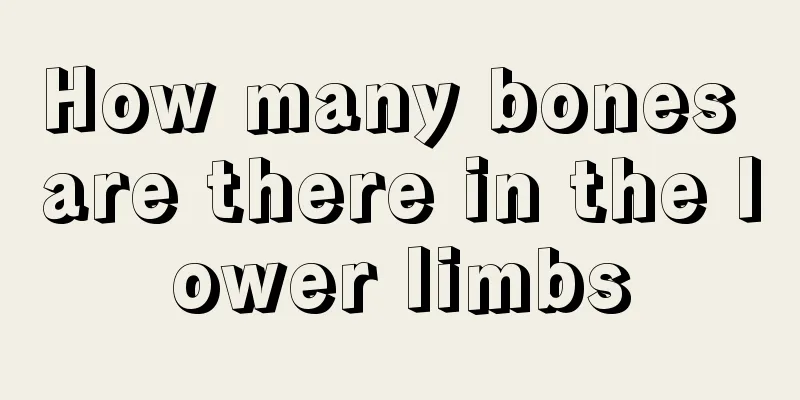Judging the health of internal organs from the ears

|
The ears are connected to the internal organs and limbs through meridians, and the relationship with the kidneys, liver and gallbladder is most closely related. Therefore, by observing the ears, we can infer the health status of the body. Observations of the ears are mainly carried out from the aspects of color, gloss, morphological changes, and positioning diagnosis. In traditional Chinese medicine holography, ears, like eyes and hands, are local projections of all the body's information. The ears are connected to the internal organs and limbs through meridians, and the relationship with the kidneys, liver and gallbladder is most closely related. Therefore, by observing the ears, we can infer the health status of the body. Observations of the ears are mainly carried out from the aspects of color, gloss, morphological changes, and positioning diagnosis. Color, gloss As for the ear as a whole, a normal person's ears are rosy and shiny, which is a sign of sufficient innate kidney essence; if the ears are dry and dull, it reflects that the body has insufficient kidney essence. Pale ears are often seen in people with colds; they are also seen in people with insufficient yang energy, who are often afraid of cold and wind and have cold hands and feet. Red and swollen ears are usually a sign of "getting angry", which is commonly caused by excessive fire in the liver and gallbladder or damp heat. Dry and blackened earlobes often occur in the late stages of infectious diseases or diabetes, because at this stage, the body's yin fluid has been severely damaged. Some parts of the ear may appear as red, dark red, dark gray, etc. in the form of dots or patches, which are often seen in digestive system diseases such as gastritis, gastric and duodenal ulcers. Morphological changes Another aspect of looking at the ears is to observe changes in shape. People with thick and big ears have sufficient kidney energy; people with thin and small ears mostly have deficient kidney energy. People whose ears have nodular or cord-like protrusions, dot-like depressions, and a lack of luster often have chronic organic diseases, such as cirrhosis of the liver, tumors, etc. The local blood vessels in the ear are too full and dilated, and circular and segmental changes may be seen. This is common in people with abnormal heart and lung function, such as coronary heart disease, asthma, etc. In addition, if there is pus discharge in the ear, accompanied by redness, swelling, heat and pain in the ear, and hearing loss, it is a manifestation of otitis media. Traditional Chinese medicine believes that this is caused by wind-heat disturbance or damp-heat in the liver and gallbladder. Positioning diagnosis In terms of ear positioning diagnosis, the distribution of various parts of the human body on the ear is like an inverted fetus. The earlobe is equivalent to the face. When the teeth and gums are swollen and painful due to "getting angry", or when small pimples appear on the face, you can rub the earlobe with your thumb and index finger, or prick the earlobe to let blood, which has a good therapeutic effect. Regularly massaging the earlobes can also help beautify and nourish the skin. The depression opposite the opening of the ear canal is called the concha cavity, which is equivalent to the internal organs of the chest cavity. Regular stimulation of this area has a health-promoting effect on the blood and circulatory system. You can put your index finger at the ear hole and your thumb on the back of the ear and pinch them. The depression above the concha is called the tragus, which is equivalent to the human abdominal cavity. Massaging this area helps digestion and strengthens the kidneys and spleen. The outer helix of the auricle is equivalent to the trunk and limbs. Patients with body pain such as neck, shoulder, waist and leg pain should press the helix more. Compared with traditional ear diagnosis, today's ear diagnosis has added the content of precise positioning of ear acupoints. Diagnostic methods are no longer limited to inspection and palpation. Methods such as staining diagnosis and bioelectric measurement are booming. Of course, observing the ears is only a part of Chinese medicine's "visual diagnosis". To judge the health of the body and diagnose diseases, other manifestations of the whole body should be combined. Massage for the health of ears 1. Massage the ear. Make fists with both hands, and use your thumb and index finger to massage the earlobes up and down until the earlobes become engorged and warm. 2. Pull down your earlobes. Use the thumbs and index fingers of both hands to pinch the earlobes and pull them downwards, starting with light and then increasing to heavy, 15 to 20 times. 3. Push the Morgen. Place your index finger in front of your ear and your thumb behind your ear, and massage along the base of the ear from bottom to top for 40 to 50 times. After pushing, you will feel your ears getting hot, and your face and head will also feel hot. 4. Pull up the earlobe. Use your right hand to reach around your head and grab the upper edge of your left earlobe and pull it upwards 20 times. Then use your left hand to pull the right earlobe 20 times in the same way. |
<<: Teach you 7 tips to lose belly fat
Recommend
What are the symptoms of early esophageal cancer?
Esophageal cancer is a common malignant tumor of ...
Is osteoporosis normal after a fracture?
In fact, the human skeleton seems very strong, bu...
How is the early stage of colorectal cancer identified?
Early stage of colorectal cancer diagnosis: stool...
A review of the six magical effects of tears
There is a reason to cry often. Because after a g...
What are the symptoms of throat inflammation
In the hot summer, it is easy to get angry and in...
Good way to prevent testicular cancer
Testicular cancer is a common cancer that occurs ...
What are some porridges that nourish the spleen and stomach?
The function of the spleen and stomach can almost...
What happens if you drink beer after drinking liquor
Alcohol is an indispensable part of daily life. W...
What kind of beans are Luohan beans
The name of Luo Han bean actually has an ancient ...
How to check for melanoma
Each of us may have various moles of different si...
How to wash off peeled walnuts on your hands
When peeling green walnuts, if the juice from the...
What will excessive use of eyes lead to
As the saying goes, eyes are the windows to the s...
What are the symptoms of Spurgeon's syndrome?
Sperger's syndrome is a type of neurodevelopm...
How long can you live with melanoma
At present, the number of patients with malignant...
What foods can and cannot be eaten in the early stage of gastric cancer
In the early stages of gastric cancer, people can...









